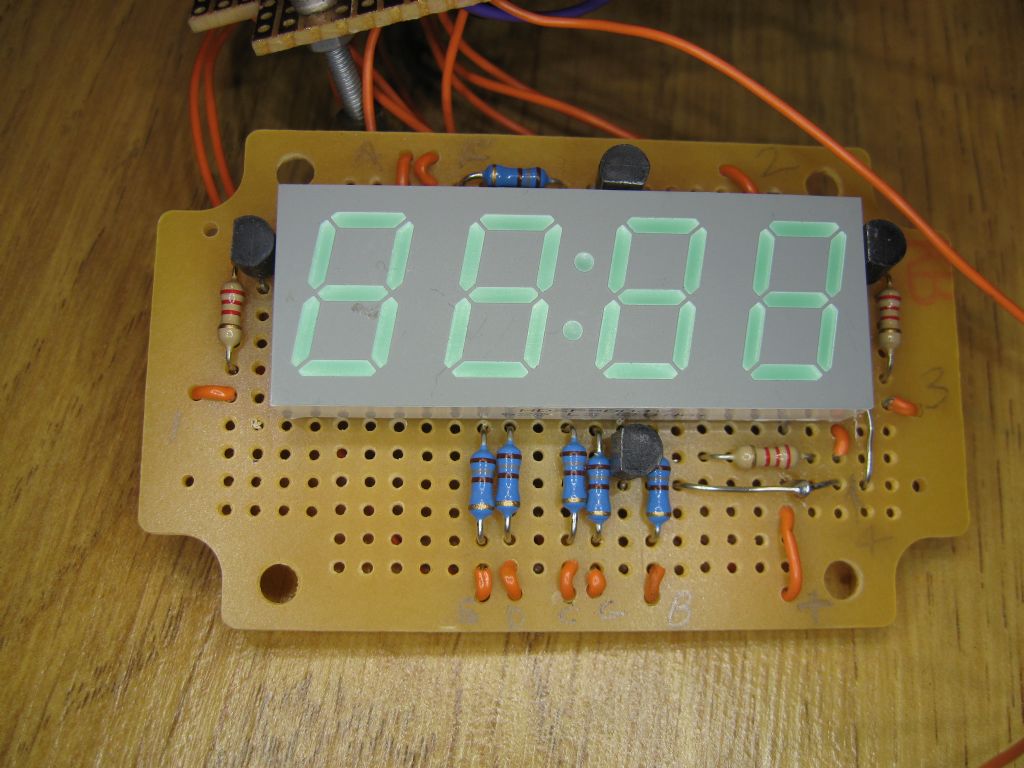Posted by Geoff Theasby on 16/01/2010 22:52:53:
At the same time, I’m not talking about a constant speed measurement.
One might take a test to check the speed momentarily. It could be calibrated from a lathe with a known speed range.
After all, we wouldn’t need to know the speed that accurately, only an infrequent test, so the power needed to drive the system wouldn’t be a constant drain. After all, we don’t need to know the instantaneous speed of a lathe with an electronic speed readout, or even a gearbox with fixed speeds. We set the speed and leave it whilst we do the work.
I, personally, am quite happy mixing electronics with mechanics, as I am a fully qualified radio amateur, but I appreciate that there are likely to be many others who are not at home with electronics.
Geoff, I think that one of the reasons that people want to fit tachometers is because they do want to know what the speed is all the time. For instance, if you retrofit a three-phase motor to an old machine and power it with an electronic inverter, one of the many new advantages you get is the option of continuous speed change. And there have been numerous reports now of people varying the speed as they cut (both with lathes and mills) for the best finish, and also checking to see how much it falls under load. In the first instance, you can make a note for yourself of where the machine/tooling is happiest, and next time you cut the same material in a similar way you’ll have a much more accurate starting speed. Also, noting any speed drop in real time whilst cutting (not all people can spot this easily by listening) gives you a good idea that perhaps you should reduce either the rate or depth of cut slightly – and give you good, immediate feedback that the correct speed has been restored after you’ve made the changes.
I’ve used a calibrated strobe in the past to establish running speeds of machines, and I have to say that it’s a bit of a pain to do it like that. Also, I have several machines of my own that I’d like to fit tachos to, so if I can find a nice cheap way to do this independently for each one (and it looks like Les’s system can easily achieve that), then I’d call it a good result, and the case for doing it this way is, in my view, overwhelming. Yes, I could start over and create my own, but I can’t see any point in re-inventing the wheel, and anyway, I don’t like programming very much – I’m an old analogue person, really.
As for the people who aren’t at home with electronics, I agree – which is why I think that providing a PCB (or a plan for it) is the way to go. I would have thought that most model-makers wouldn’t have too much difficulty soldering some through-hole components onto a PCB, and if they do, then this would be a good project to learn on – relatively straightforward from a construction point of view and with a high probability of first-time success. Heck, this one would be simple enough to get people to etch their own PCBs, if they’re feeling brave…
Anyway, that’s my take on it!
Steve
Alex gibson.








